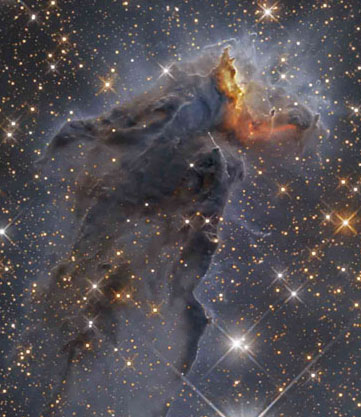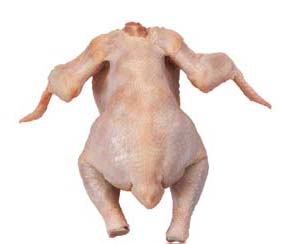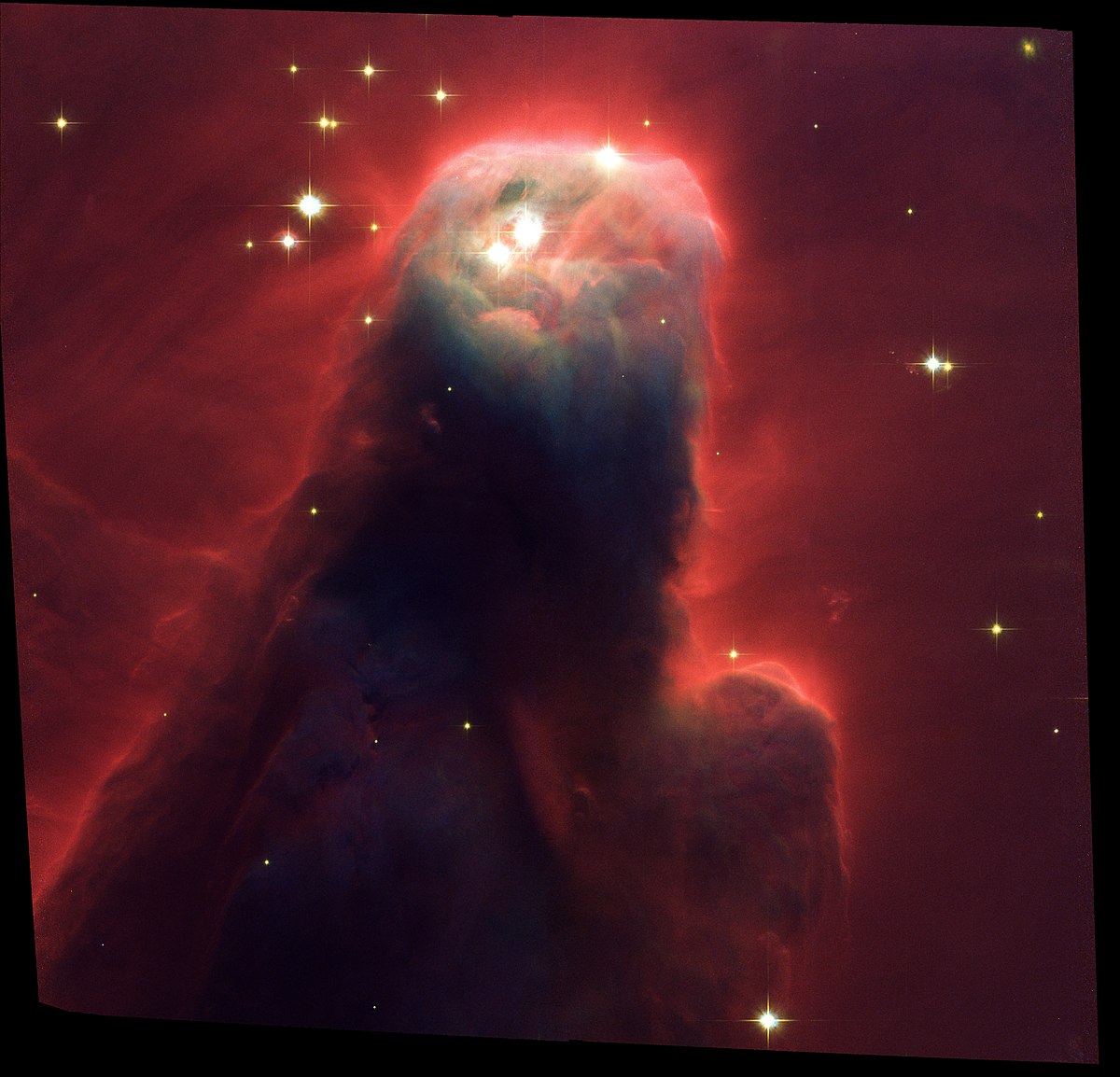MarkBour wrote: ↑Wed Jun 20, 2018 9:44 pm
Catalina wrote: ↑Wed Jun 20, 2018 8:55 pm
Is it possible that infant stars are mostly "visible" at the tips of the pillars where the dust has been blown away completely and that there are quite possibly many more infant stars obscured from view by the bulk of the stellar dust still "downwind" of the tips?
That seems reasonable to me ... I wonder if even more penetrating IR observations might reveal whether that is the case or not.
If the more deeply embedded stars are radiating, I would suspect some sign of that would be detectable.
The Elephant Trunk Nebula with embedded infant stars.
Photo: Lóránd Fényes
I doubt it. It seems to me that even infrared photography show the newborn stars to be located preferentially at the tip of gaseous pillars.
Take a look at the picture at right of the Elephant Trunk Nebula in IC 1396. The embedded star near the tip of this pillar is given away by the orange color of it. Dust reddening causes the orange color.
Interestingly, a number of moderately bright stars seem to "adorn the outline" of the Elephant Trunk Nebula. It is certainly possible that these stars, too, "hatched" inside the Elephant Trunk Nebula, near the interface between the nebula and its surroundings.
This great picture shows more clearly what is going on inside the Elephant Trunk.
The Dark Tower in Scorpius. Photo: Don Goldman.
A fascinating example of a pillar is the Dark Tower in Scorpius, which is known as a cometary globule. At the very tip of it, stars are clearly forming. Indeed, they seem to form preferentially outside the darkest outline of the Dark Tower. But interestingly, this cometary globule (or pillar) is also "wearing a necklace of blue stars", which have probably hatched from their nebula relatively recently. Since then, however, the Dark Tower has shrunk.
Pillars in the Carina Nebula.
NASA, ESA, M. Livio and the Hubble 20th Anniversary Team
A truly fascinating example of pillars hatching stars at their tips can be seen in this picture of objects in the Carina Nebula. These two crazily hatching pillars have been called "
Eagle Nebula on steroids".
Ann
 Pillars of the Eagle Nebula in Infrared
Pillars of the Eagle Nebula in Infrared





